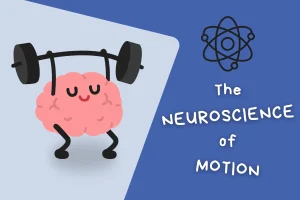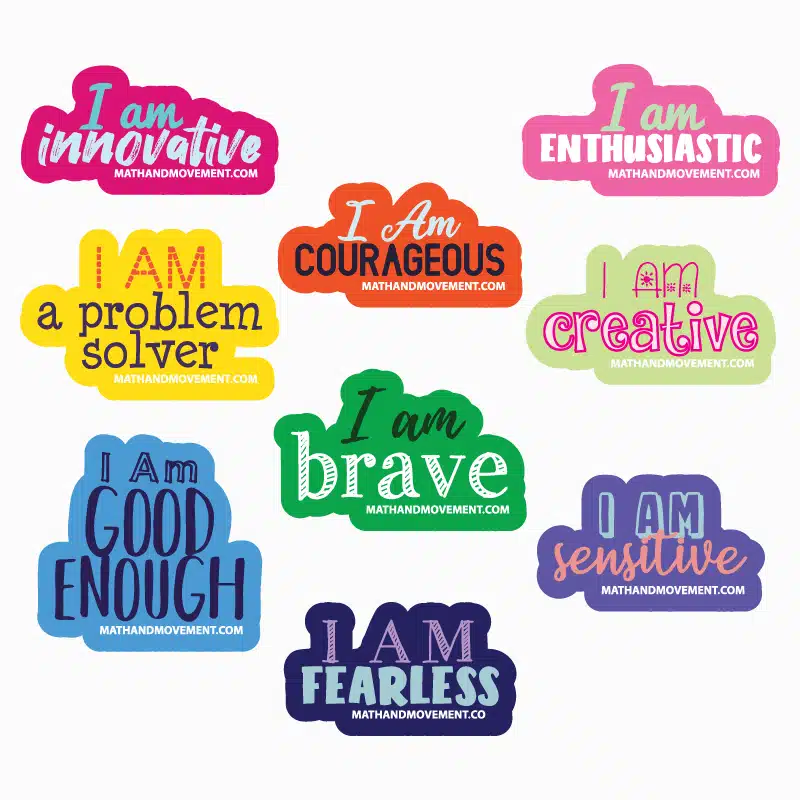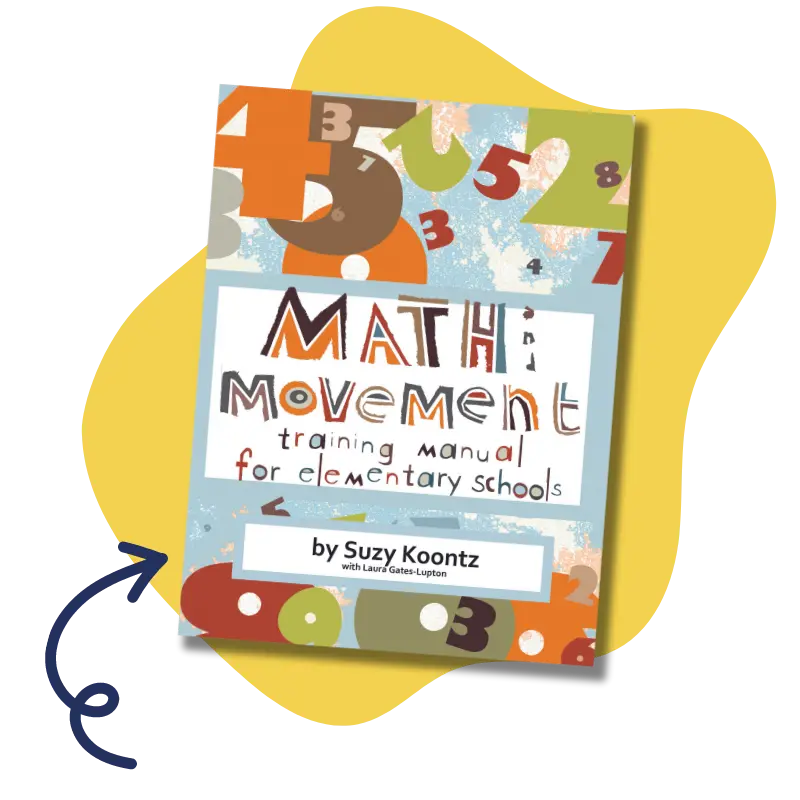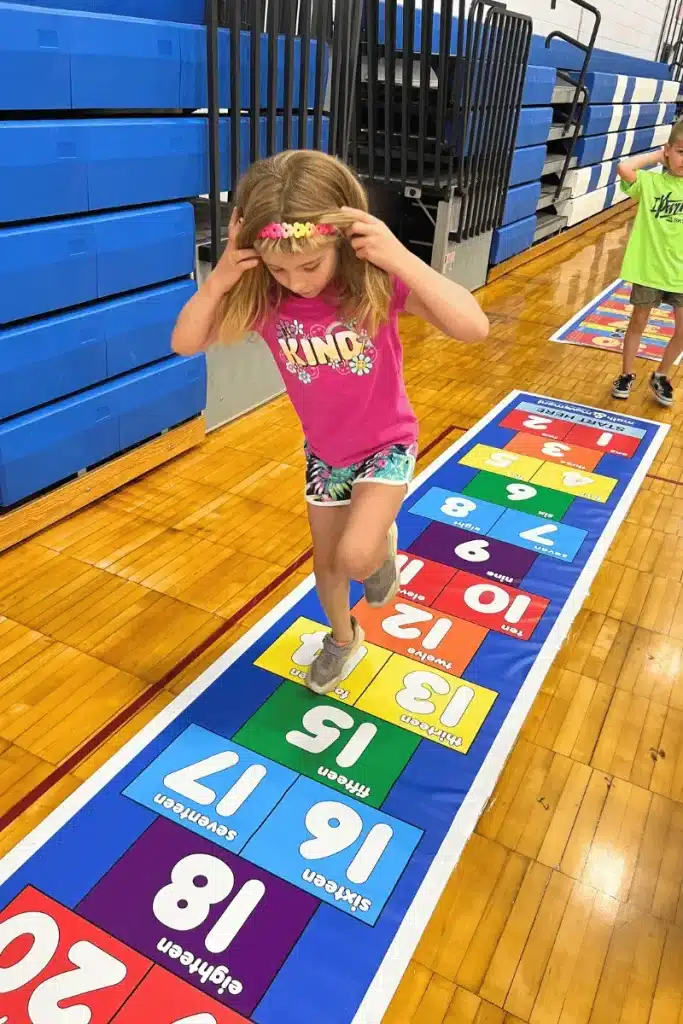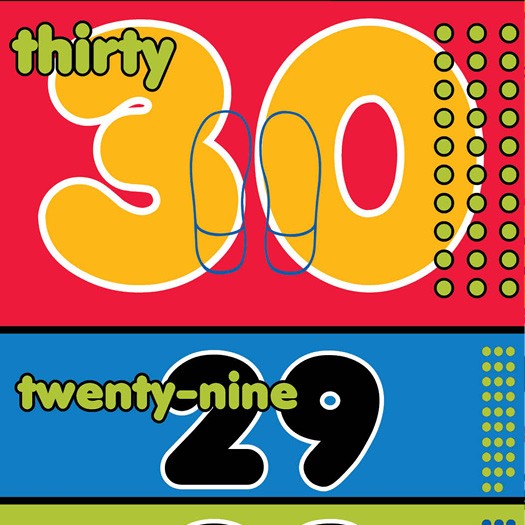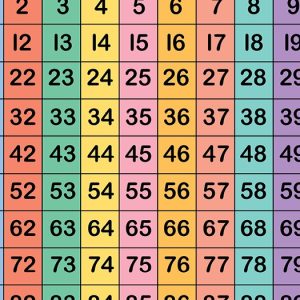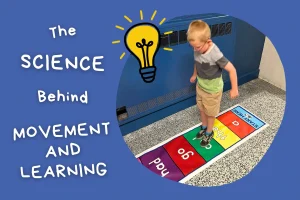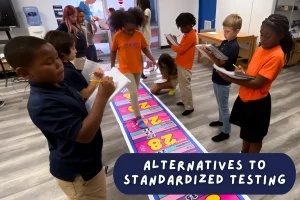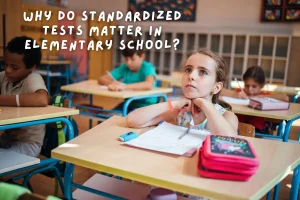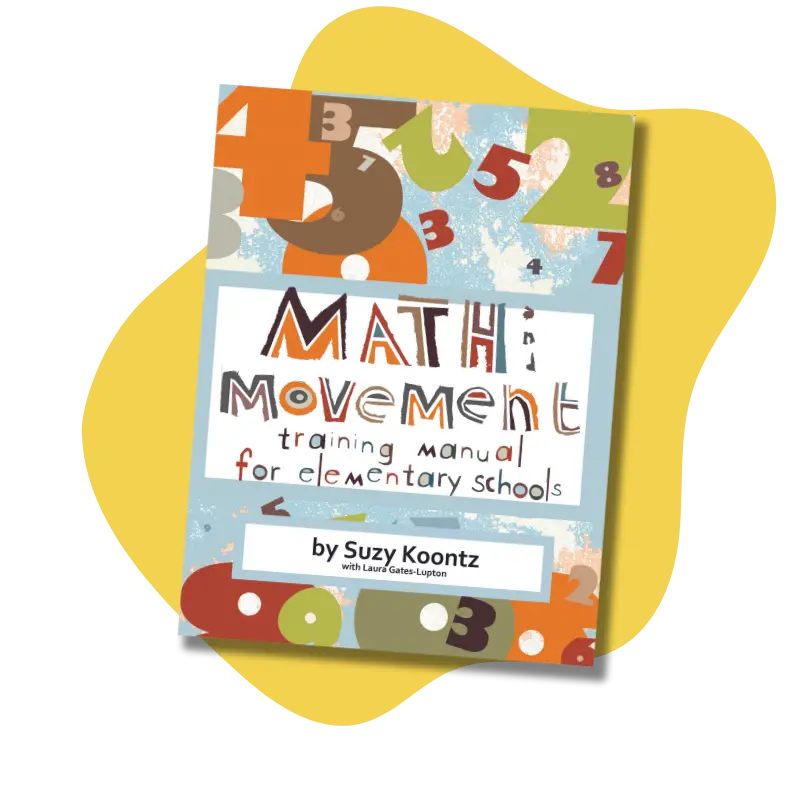“Individuals who believe their talents can be developed (through hard work, good strategies, and input from others) have a growth mindset,” wrote Carol Dweck, a psychologist, researcher, and professor at Standford University.
Dweck has spent the last several decades studying human motivations and self-concepts and their impact on achievement. Initially, students’ attitudes toward failure intrigued Dweck. As she studied children’s behavior, she noticed that some students rebounded quickly after a setback while others lost all motivation to try again.
In 2006, Dweck published her findings in her book titled Mindset: The New Psychology of Success. Here, she coined the terms “growth mindset” and “fixed mindset” to describe people’s beliefs about intelligence, abilities, and talents.
Thanks to modern neuroscience and research, we know that the brain is malleable. Connections between neurons can change, new connections can form, and existing ones can grow stronger through experience. In other words, our actions change our brains.
For example, aspiring musicians strengthen and develop their neural networks for playing the piano every time they practice. This results in smooth songs with fewer mistakes. Similarly, more studying and practice will also improve students’ academic performance.
So, someone with a fixed mindset might say, “I’ll never be good at writing!” The truth is if they read more, practiced writing, and considered feedback, they could greatly improve their writing skills.
